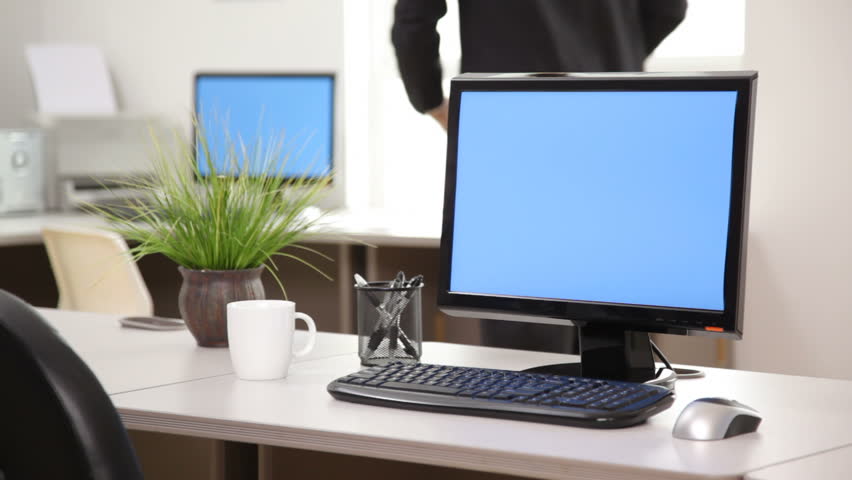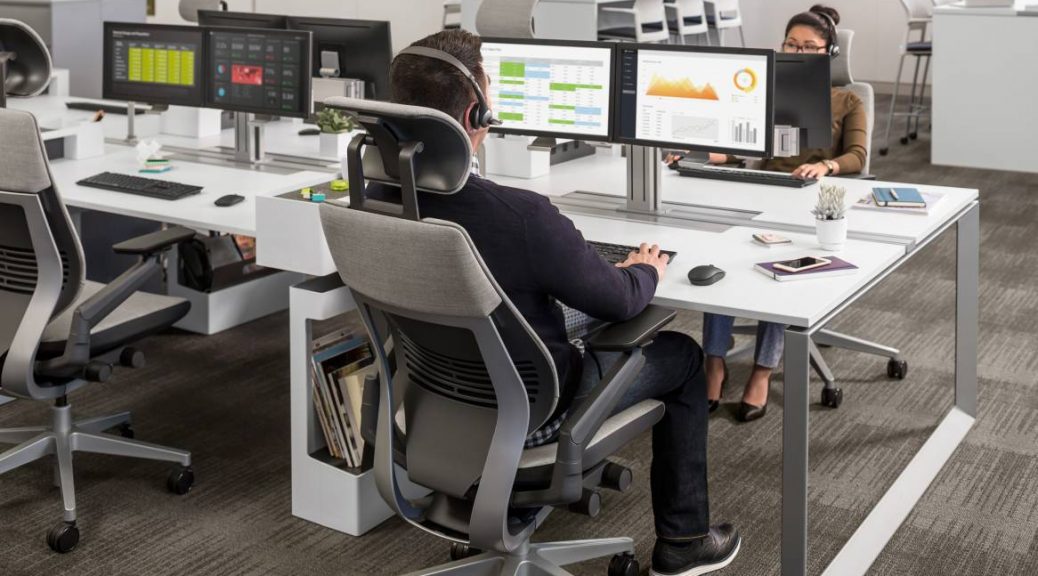
Equipment You Should Spend Extra On
Summary: Paying a little extra on certain equipment can raise your expenses but knowing how to spend your organization’s money can help strengthen operations.
A common method some new businesses will use to try to save money is buying cheaper equipment. This would surely save a business some money in the short run but the business would be running the risk of said equipment failing them. Cheaper equipment tends to be less reliable and of lower quality, which can be problematic down the line. There is some equipment you should always be willing to spend a little extra on.
Computers
If you run an organization that mainly operates through an office, many of your employees likely work on computers. So much of the work that is done today is done via computers, from creating spreadsheets to working on project development. If the computers you supply your employees with do not have enough RAM or storage they will regularly have to close applications or transfer files to the company server. This can significantly slow daily work down.
Internet Plan
Another area your organization should be prepared to spend money on is a solid internet plan. There are several internet service providers you can choose to work with and each one likely has a handful of different plans you can choose from. How can you find the right one for your company? You need to find one that has enough bandwidth and has strong download and upload speeds. One employee uploading a project should not be able to slow another employee’s upload down.
Additionally, connecting routers that support multiple ethernet lines can help you deliver fast and reliable transfer speeds to the desks in the office.







